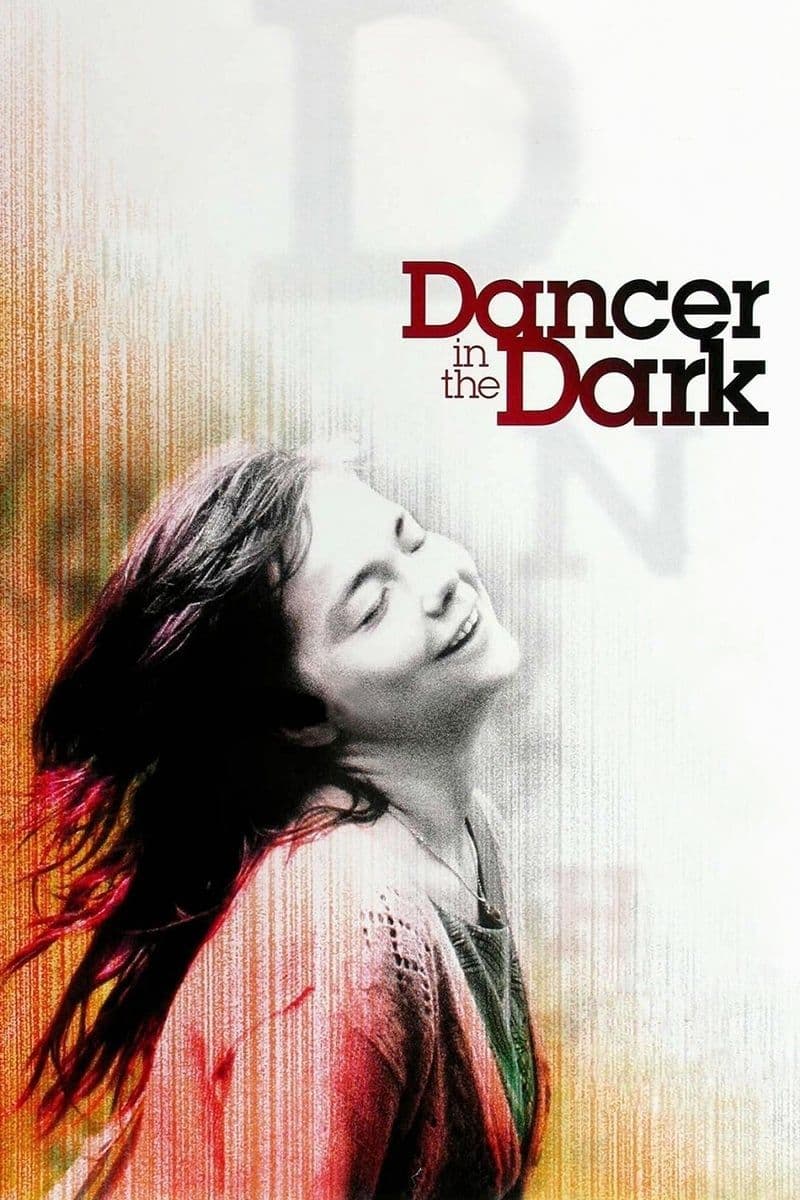
Dancer in the Dark
2000
Rate this movie
Average: 5.00 / 5
(1 votes)
Director
Lars von Trier, shaking off the legacy of Dogma, tells us a postmodern fable that deconstructs the musical genre. It is not a simple deconstruction, but rather a true anatomy of a genre, revealing its intrinsic artificiality and, at the same time, its indispensable comforting function. The Danish director, with his usual and brilliant provocation, brings the musical into the mud of Dogma, tearing it from the glittering stage to confine it to a raw and relentless reality, where singing is not escapism but a desperate, intimate necessity.
In reality, something of the Dogma 95 protocol stoically endures: for example, the idea of shooting the entire film with a handheld camera (many shots appear shaky and insecure), with the exception of the scenes where the protagonist daydreams of singing, where numerous fixed camera positions are used instead. This sharp visual contrast is not a mere exercise in style, but rather the vivid representation of the dichotomy that tears Selma's existence apart: the uncertain and claustrophobic tremor of daily reality, filmed almost like a neorealist documentary, contrasts with the composite and choreographic stasis of her mental universe. It is a permeable and tragic boundary, where the formal rigidity of the musical numbers reveals the rigidity of a mind that clings to fantasy as its only lifeline, while the instability of the "real" footage underscores the precariousness of an existence on the brink of the abyss.
Dancer in the Dark relies entirely on Björk's voice to create a language capable of telling the film's story. Her vocal performance is not merely a musical accompaniment, but a primary narrative element, capable of transfiguring harsh reality into symphonies of hope and despair. It is Selma's very voice that becomes the lens through which the audience is invited to perceive the world, a kind of auditory synesthesia that compensates for the absence of sight.
And it is certainly a winning choice given the Icelandic singer's wonderful vocal range and her stage presence. Björk does not merely play Selma; she embodies her, bringing to the screen her unmistakable ethereal aura and her vulnerable, almost alien, intensity. You do not need eyes to see this film, just like Selma, the protagonist portrayed by a surprising Björk. This sentence resonates with a chilling depth, suggesting that true vision resides not in physical eyes, but in the ability to perceive the essence of things beyond their appearance, a theme dear to many narratives that explore blindness as a metaphor for a deeper truth.
Selma is a young woman who emigrated from Czechoslovakia to the USA in 1964. Her immigrant status, in a post-war America that promised dreams but often offered only harshness, adds an additional layer of alienation and vulnerability. The woman is progressively losing her sight, but her secret lies in music, in dance, in the rhythm she perceives around her. Her "secret" is not just music, but her unshakeable purity of spirit, her unwavering faith in the salvific power of imagination. The hard work in the countryside does not break her but allows her to sublimate life into a timeless musical intimately intertwined with reality. Her mental choreographies, those we see on screen, are her shield against inhumanity, her way of recreating order and beauty in a world that stubbornly denies them to her.
Selma becomes a spirit of rebirth, a Fata Morgana who bends matter, transforming it into dazzling music. But hers is a tragic Fata Morgana, a vision destined to cruelly vanish in the face of the brutality of human justice and the indifference of a society unable to comprehend her unconditional goodness. Her story, in essence, is a melodrama in the purest and most heartbreaking sense of the term, an epic of maternal sacrifice that recalls the great classical tragedies, where innocence is crushed by the ruthlessness of fate, amplified here by von Trier's raw and unfiltered aesthetic.
Lars Von Trier surprises and enchants with this film, a masterful work in which music and narration construct the narrative, capable of captivating even the Cannes Film Festival, which awarded it a well-deserved Palme d'Or. The director's ability to fuse the rawest of realities with the most ethereal of fantasies is the true strength of Dancer in the Dark. The film not only enchants, but shakes, questions, and finally devastates the viewer's soul, forcing them to confront the disarming simplicity of unconditional love and the exorbitant price it can cost to maintain one's integrity in a cynical world. It is a work that fits perfectly into the director's filmography, populated by female figures who face extreme trials, from Bess in Breaking the Waves to Grace in Dogville, all devoted to a form of martyrdom or self-sacrifice for love or an ideal.
A special mention goes to Björk, a splendid performer and ethereal voice, and, it should be remembered, the author of all the music in the film, even if she was not an easy personality to manage on set (it is said that every morning, before filming began, she would shout her disdain at the director). The legend of the tensions between Björk and von Trier on set is almost as famous as the film itself, with anecdotes ranging from daily shouting to temporary abandonment of the set. This friction, however, far from harming the project, seems to have fueled Björk's visceral performance, endowing Selma with an almost palpable vulnerability and fury. It is as if the torment of the creative process had directly poured its energy into the character's tormented existence, making Dancer in the Dark not only a visual and sonic work of art, but also a powerful, unforgettable human drama.
Gallery
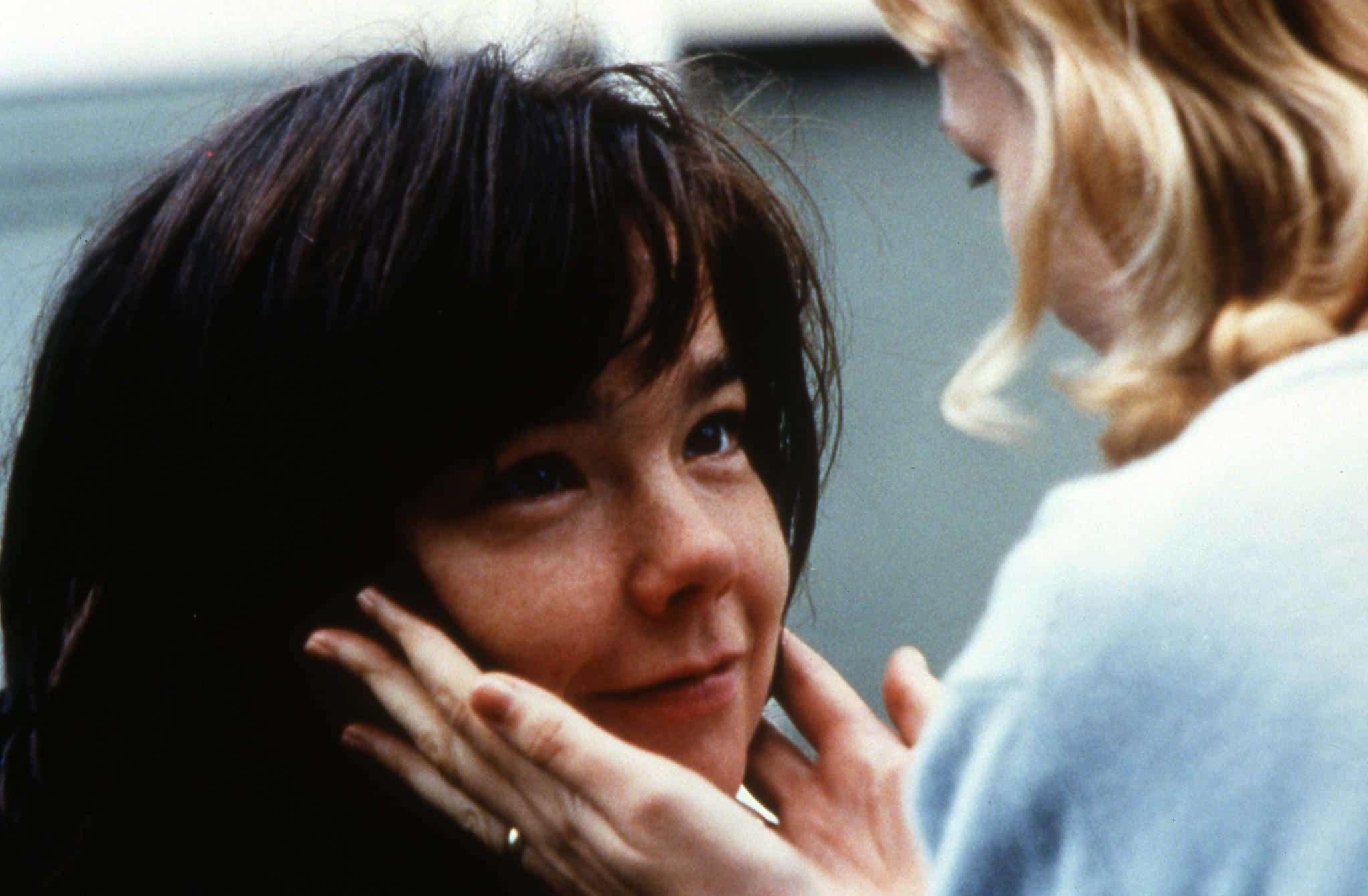
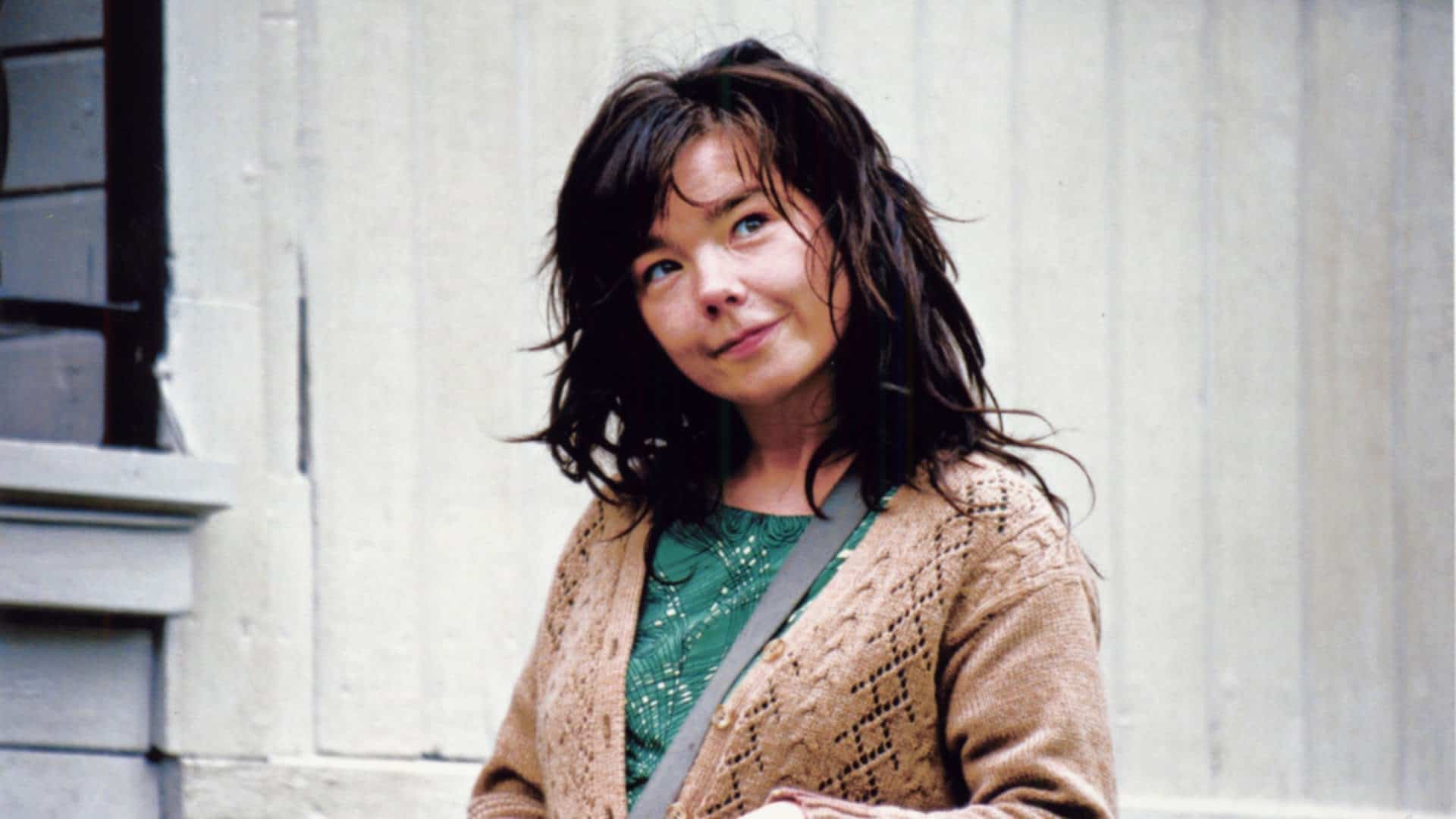
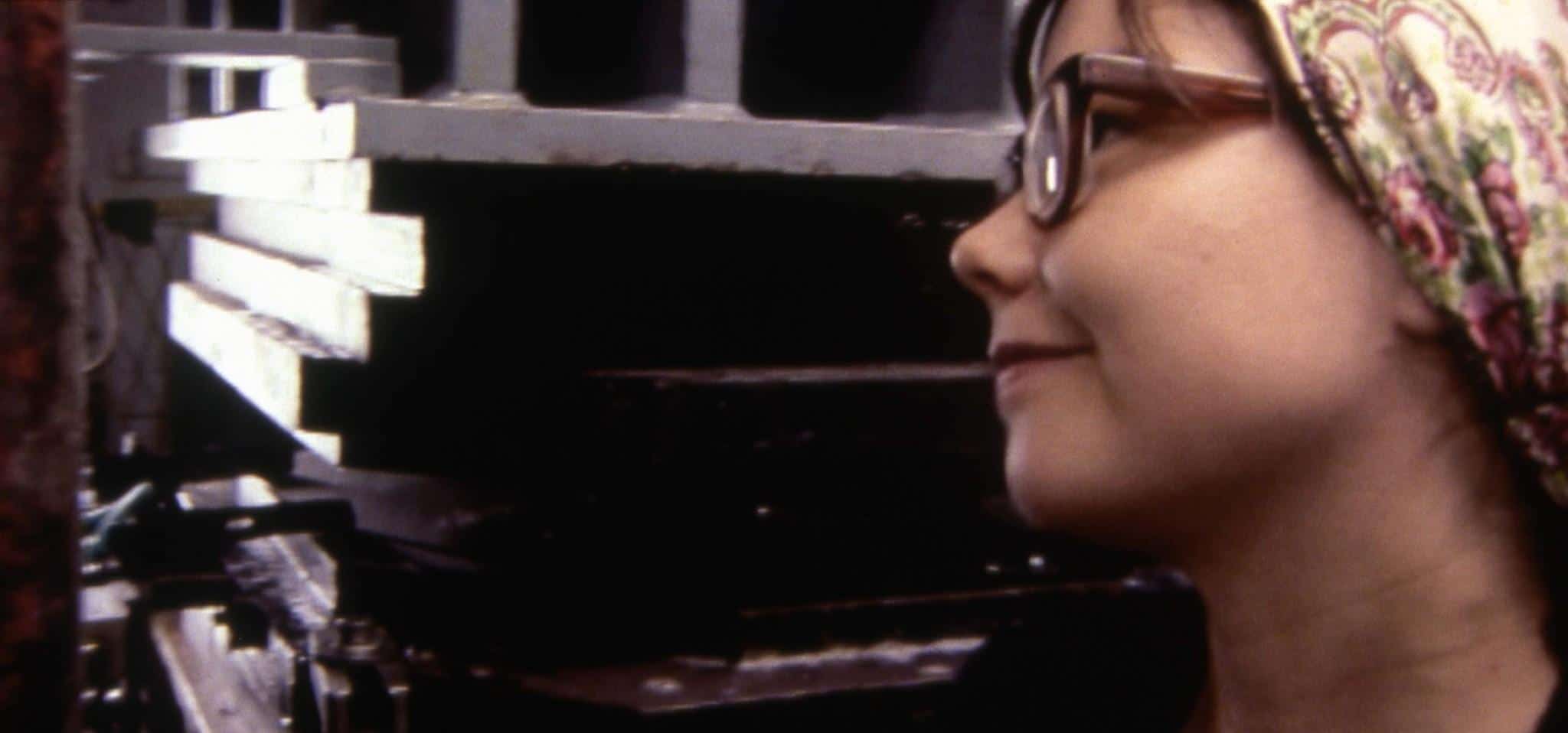

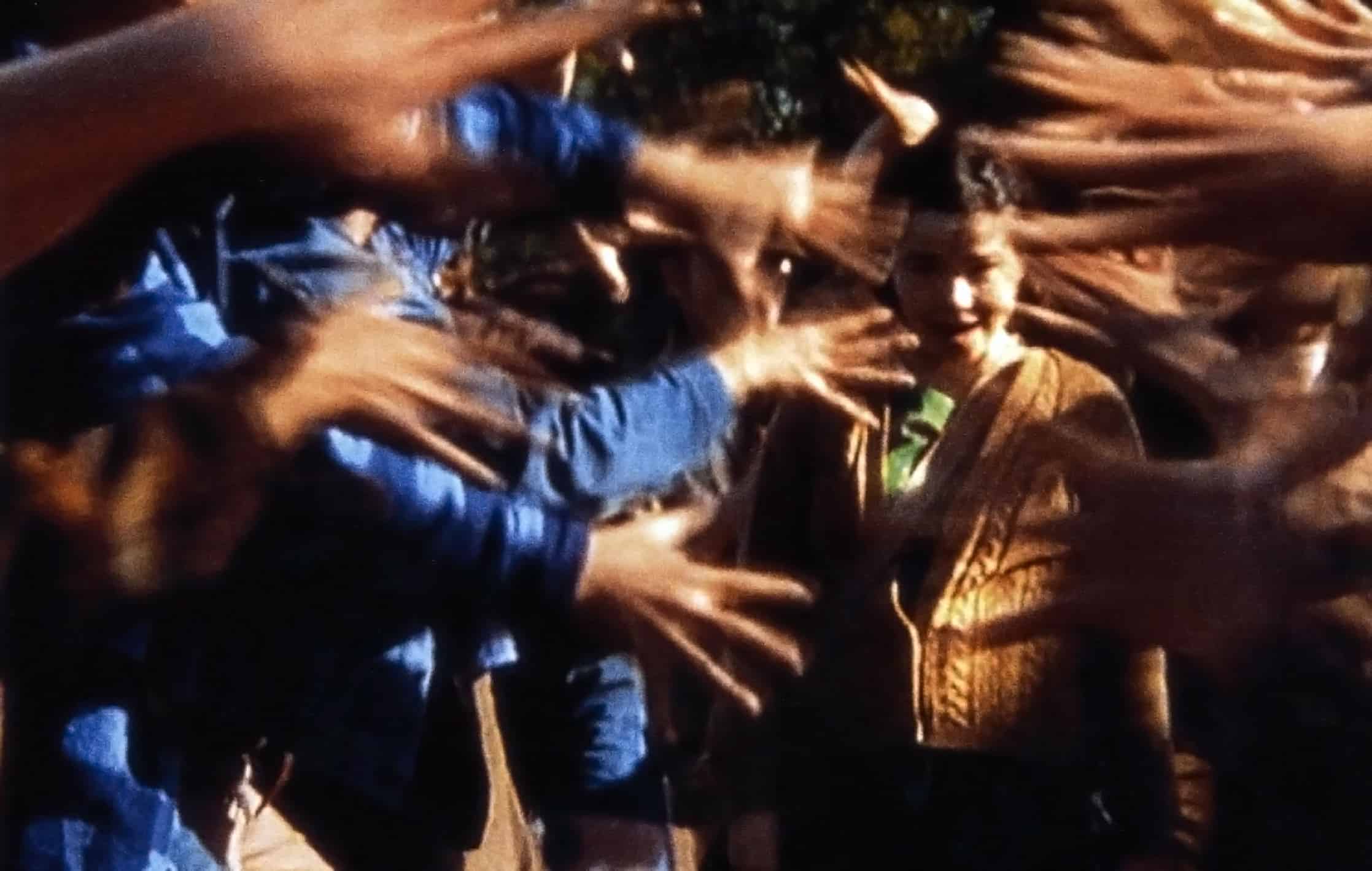
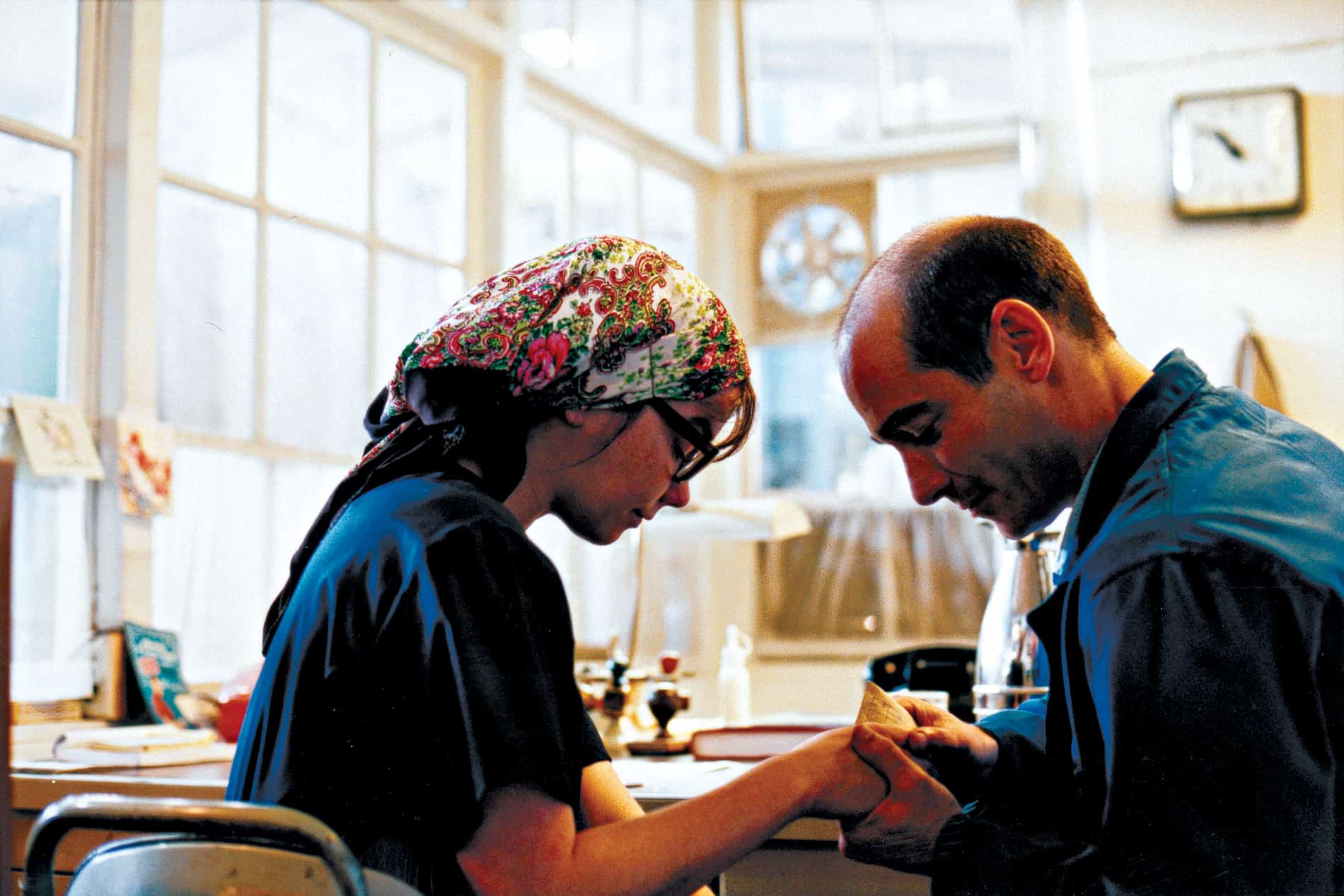

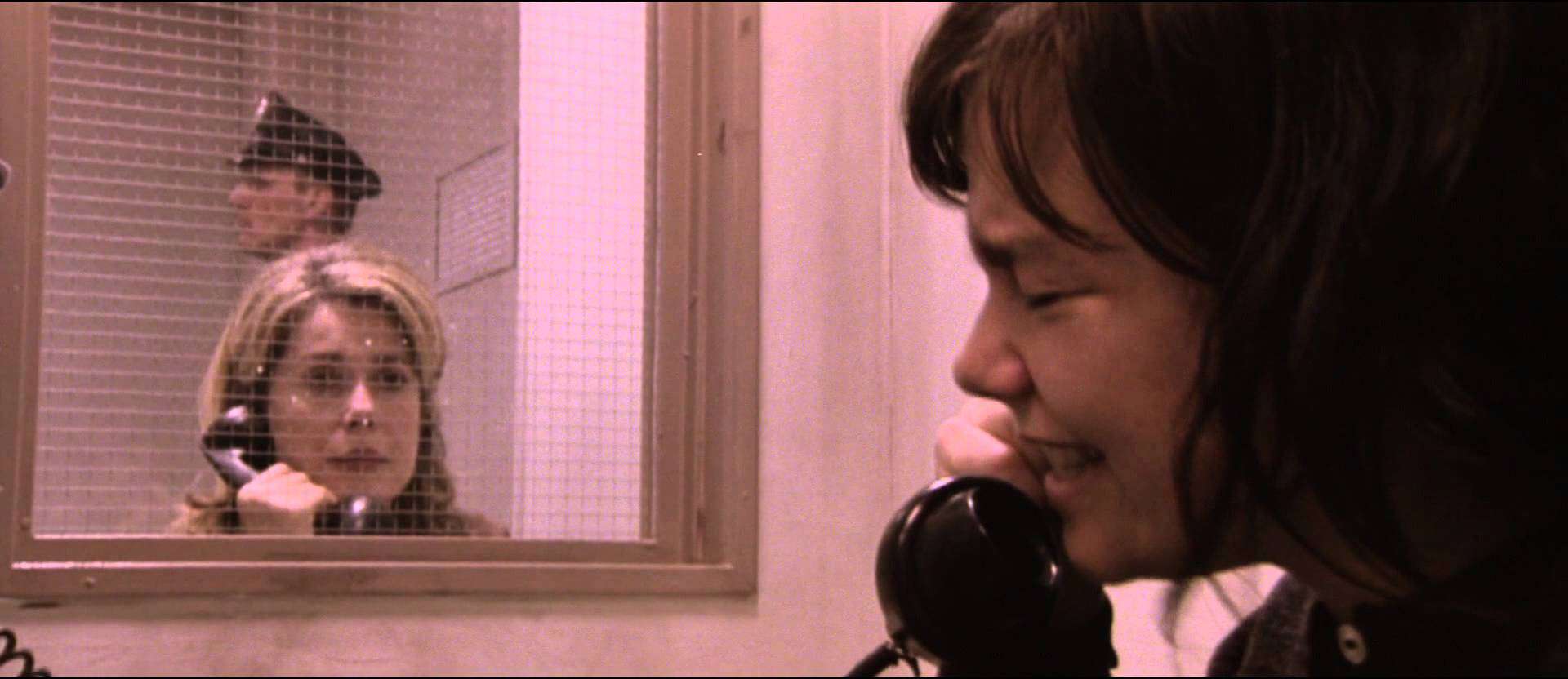
Featured Videos
Official Trailer
Comments
Loading comments...